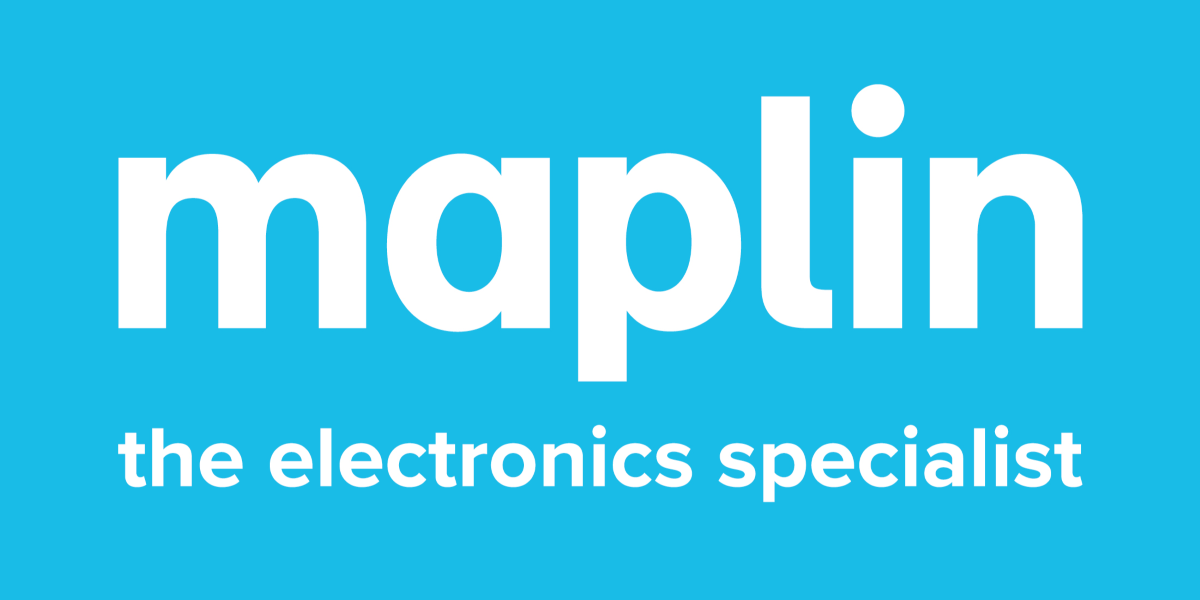Thanks Gordon. Both videos were recorded on digital equipment. One was a Sony video camera - I don't know the model, the other was a Zoom H2 Handycam
The Sony was set up by someone else who has given me access to the material.
Perhaps foolishly I recorded some of the video material on the Zoom in HD. The good thing about that is that some of the images are very clear - though unfortunately my camera work wasn't very good. I think the Sony material was recorded in 720 HD, so not as high resolution as the Zoom.
Post production zooming in to the Sony material, for example to pick out soloists, seems to rather quickly give poor results - at least in the edit preview. This is for several reasons. Firstly the angle of view used covers more of the performers, so zooming in on a single face or part of the scene exacerbates the quality issues compared to the Zoom material. The Zoom material seems in some sequences to be closer to the performers, so further zooming in does not degrade the images so much as with the other material. Secondly, the resolution of the Zoom recordings, being higher, does allow for much clearer close up shots. I rather think that all of the material was recorded at 30 fps, but I'd have to check. Modern digital kit can often record in a range of standards, aspect ratios, frame rates etc. I think most of the Zoom audio was in PCM, while the Sony audio was in Dolby AC3. The Zoom can also do mp4 (aac) audio at a number of different compression ratios.
If the best bits of the Zoom material can be combined with the Sony material then the final result could be better. If I were doing this again I'd hope to have much better camera work! The Sony was on a static mount.
The separate audio tracks of most of the pieces were also recorded on a HiMD minidisc recorder, though in fact the audio format used was ATRAC rather linear PCM which had been an option. This was decided to give a longer running length, and also as the theoretical quality improvement of PCM over ATRAC did not seem to make a substantial difference for these recordings. I made the CD of the event months ago - didn't take me very long, though I did have to do some conversion using that old Sony Sonicstage program on a PC. One piece wasn't completely recorded on the MD recorder, so I used one of the video soundtracks for that - probably the Zoom PCM version.
Arguably the MD sound track is better than either of the video soundtracks, but it is rather debatable now whether it would be worth using that for the eventual final video. Since the video soundtracks are already tied to their respective video, and the experience of watching a video is different it is now undoubtedly easier just to work only with the video source material.
The separate audio tracks of most of the pieces were also recorded on a HiMD minidisc recorder, though in fact the audio format used was ATRAC rather linear PCM which had been an option. This was decided to give a longer running length, and also as the theoretical quality improvement of PCM over ATRAC did not seem to make a substantial difference for these recordings. I made the CD of the event months ago - didn't take me very long, though I did have to do some conversion using that old Sony Sonicstage program on a PC. One piece wasn't completely recorded on the MD recorder, so I used one of the video soundtracks for that - probably the Zoom PCM version.
Arguably the MD sound track is better than either of the video soundtracks, but it is rather debatable now whether it would be worth using that for the eventual final video. Since the video soundtracks are already tied to their respective video, and the experience of watching a video is different it is now undoubtedly easier just to work only with the video source material.

Comment